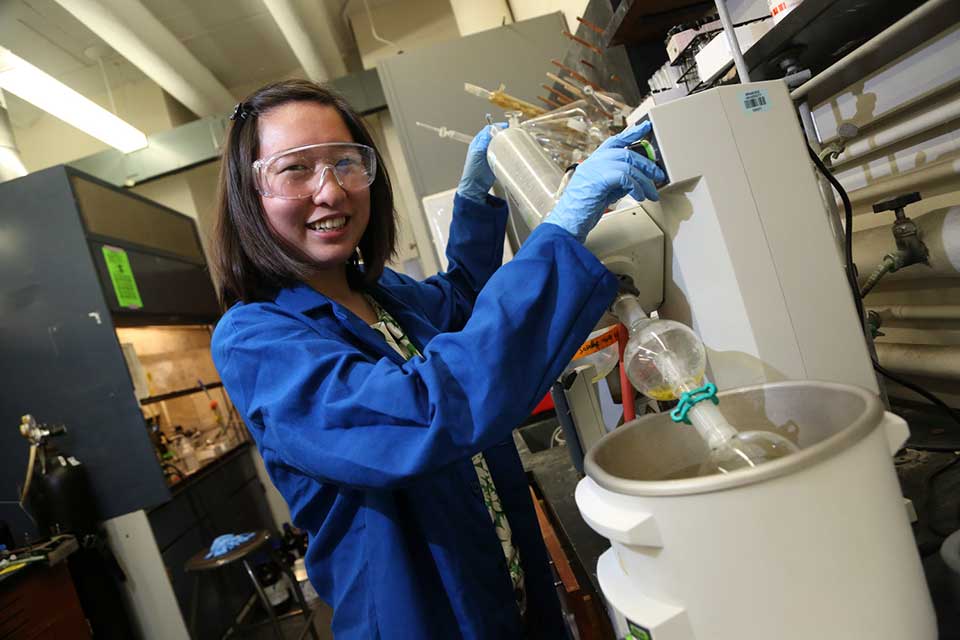Natsuko Yamagata

“Exploring the Unexplored: Supramolecular Hydrogels of Retro-Inverso Peptides for 3D Cell Culture”
Natsuko Nina Yamagata*, Jie Zhou, Jiaqing Wang, Xuewen Du, Jie Li, Bing Xu
Brandeis University / Chemistry
Hosted by Xu's Lab
Abstract
Over the last couple years, three-dimensional (3D) cell culture systems have found widespread applications in the biomedical field, due to their capability of mimicking the native microenvironment necessary for cell–cell and cell–matrix interactions. In particular, supramolecular hydrogels that consist of peptidic nanofibrils have attracted considerable attention as a potential substitution of matrigels for 3D cell culture. In previous studies, we identified the self-assembling nature of certain short-sequence peptides dephosphorylated by ectophosphatases overexpressed on the surface of cancer cells (enzyme-instructed self-assembly, or EISA). The hydrogels that form upon EISA can be cytotoxic; however, the biocompatibility of the gels formed is crucial to having a successful 3D cell culture.
Our focus was on an immunoreceptor tyrosine-based inhibitory motif (ITIM) with the sequence of LYYYYL. The ITIMs are hypothesized to be cytotoxic due to recent findings from our lab that the more tyrosines there are in a peptide, the more cytotoxic it became; however, this has yet to be demonstrated. Using standard solid phase peptide synthesis (SPPS) to synthesize the three motifs of interest (L, D and retro-inverso versions) in addition to two control peptides (L and D versions), we characterized the resulting hydrogels by optical imaging, transmission electron microscopy (TEM), rheometry and circular dichroism (CD) spectroscopy. We also tested the stability of the protein using a protein kinase digestion test, and quantified the dephosphorylation rate of the precursor peptides using the analytical high-performance liquid-chromatography (HPLC). We examined the cytotoxicity of the peptides on HeLa, Saos-2 and HS-5 cells by using cell viability assays such as MTT and Live/Dead Cell Viability Assays (2D and 3D).
During our study of EISA of the ITIM-based peptides, we unexpectedly found that the supramolecular hydrogel of retro-inverso peptide of the ITIM epitope is more cell compatible than the hydrogel of the corresponding L-peptide of the ITIM. As the first example of the work on supramolecular hydrogel of retro-inverso peptides, this work illustrates a new approach to designing biocompatible soft materials from a less explored pool of candidates of peptides.
Support
SMURF (Summer MRSEC Undergrad Research Fellowship)

